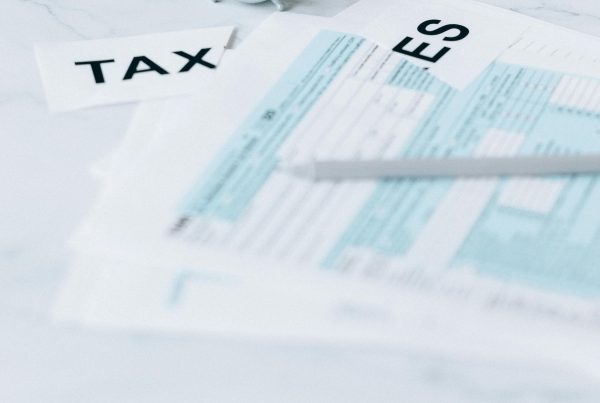ATO’s Employees Guide for Work Expenses Updated
The ATO has updated its employees guide for work expenses for 2019–2020. The document is designed to assist employees to determine whether incurred expenses are tax deductible, and outlines the substantiation requirements.
It explains:
- how to determine if an expense is deductible against employment income;
- how to apportion partly deductible expenses;
- outright deduction versus amortisation; and
- requisite records.
New Requirements
The following are highlighted as being new for 2019–2020:
- The additional method for calculating running expenses incurred as a result of working from home (the “shortcut method” allowing an 80 cents per hour deduction) was introduced to help employees working from home during the COVID-19 pandemic. This method was initially only available to use from 1 March 2020 to 30 June 2020, but has now been extended to 30 September 2020.
- Taxation Ruling TR 2020/1 Income tax: employees: deductions for work expenses under s 8-1 of ITAA has been released. This ruling provides guidance on when an employee can claim a deduction for a work expense.
The employees guide highlights (and tries to debunk) what it terms “common myths” about expenses – for example, the myths that everyone can automatically claim $150 for clothing and laundry, 5,000 km of travel under the cents per kilometre method for car expenses, or $300 for work-related expenses, even if they didn’t spend the money, or that employees can claim gym membership if they need to be fit for work. There are others, such as television subscriptions and the usual chestnuts of uniforms and educational courses.
Guide for Work Expenses
The guide is broken down into the following categories:
- Part A – Claiming a deduction: the basic conditions;
- Part B – Apportioning work-related expenses;
- Part C – Commonly claimed expenses;
- Part D – Substantiation requirement;
- Part E – Exceptions and relief from substantiation; and
- Part F – Decline in value under the capital allowance provisions.
Changes applicable to 2019–2020 or relating to COVID-19 can be found at the end of each part of the guide. Of possible interest is Part C, which contains new details on:
- the “shortcut method” available to calculate running expenses for a defined period of time relating to COVID-19, and additional examples showing the operation of the method;
- protective items that may have been purchased as a result of COVID-19;
- sunscreen and the requirement to have an Australian Register of Therapeutic Goods (ARTG ID) number displayed on the product.
Important: Clients should not act solely on the basis of the material contained here. Items herein are general comments only and do not constitute or convey advice per se. Also, changes in legislation may occur quickly. We, therefore, recommend that our formal advice be sought before acting in any of the areas.



